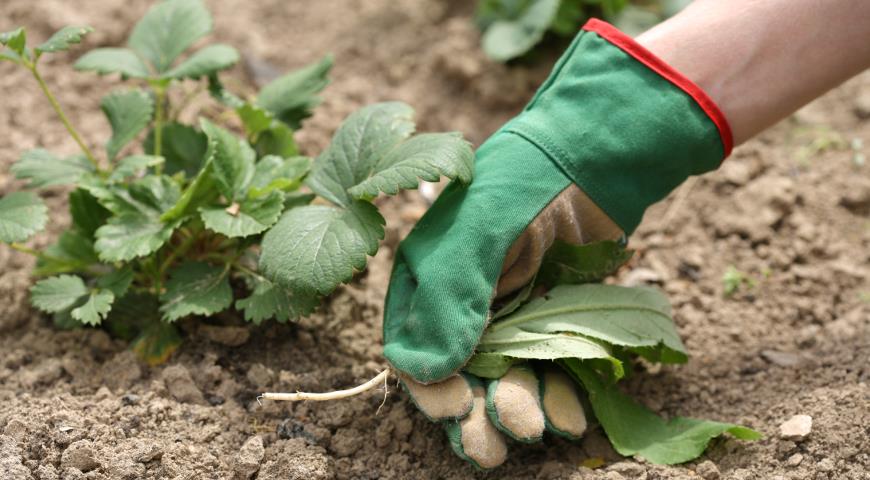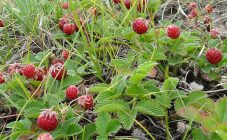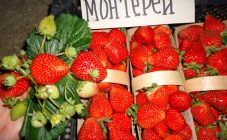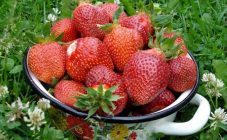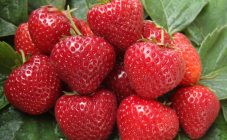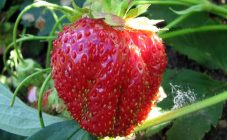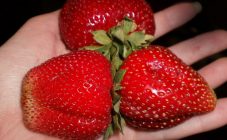Content:
Strawberry Kama is one of the rather popular varieties of berry plants that are in high demand among ordinary gardeners and summer residents. Its inherent taste provides an increased demand for this berry in the domestic food markets. Its characteristics, such as unpretentiousness and resistance to temperature extremes, guarantee this variety a leading position in the ranking of seed sales.
Historical reference
The origin of the varietal Kama strawberry is the Baltic republic of Poland. Its "progenitors" are considered to be popular among cultural specialists: Cavalier and Zenga Zengana. It is believed that it was from these plants that she took on such attractive properties as good yield and wonderful taste.
This variety was originally perceived on the European continent as a purely commercial variety intended for cultivation on an industrial scale. Currently, it is widely used for vegetation on private household plots and is perceived by amateurs as one of the easiest to care for.
Description and characteristics of the variety
The main characteristics of this plant are most conveniently presented in the form of the following properties:
- The bushes of the Kama strawberry with a description of the variety of which are supposed to be found in this section, are very compact in size.
- Its leaves are deep green and slightly lowered down, and the berries are of a dark reddish hue.
- This type of strawberry differs from other varieties in that the process of ripening its fruits can be represented in the form of two successive stages.
At the same time, the initial stage can be distinguished, when the berry acquires a dark red hue and can already be eaten (albeit with a feeling of a slight sour taste).
In the event that someone likes the pronounced sweet taste of a ripe berry, you can wait until it becomes completely maroon in color. At this stage of its ripening, strawberries acquire a specific strawberry aroma and a characteristic sweetish taste.
In the process of transportation or storage, being in a lying state, the berry will independently ripen to the required condition in terms of sweetness and natural aroma. The burgundy berry plucked from the bush (the second stage of ripening) must be consumed within a short time. Otherwise, it rots very quickly and is no longer suitable for food.
According to the timing of the final ripening, the strawberry variety Kama is classified as an early ripening culture, the berry of which can be described as follows:
- It has an average size, its weight rarely exceeds 20-40 grams (in the first stages of fruiting, this figure can reach 70 grams).
- Strawberry fruits are reliably hidden under rather large leaves, which, moreover, protect them from birds, always ready to feast on a fragrant product.
- This strawberry variety starts flowering relatively early. It lasts long enough, after which an even longer period of fruiting begins, lasting about a month or even more. With proper care for the entire season, it is possible to collect from one bush up to 1 kg juicy and sweet berries.
The considered variety of garden strawberries is well adapted to growing not only in greenhouses, but also in unprotected beds.
In a situation where the plant is planted in an unprotected ground, its first fruits can be enjoyed no earlier than in June.
Features of vegetation
Disembarkation
Domestic strawberry Kama reproduces by means of antennae, which are selected from the mother bushes of the first year of development. This is explained by the fact that the root system of one-year-old shoots takes root much faster in place and ensures a good harvest.
The most suitable soil for this variety is loam with moderately moist neutrality. If there is too acidic soil on the site, the acidity index can be reduced to 6 pH by adding slaked lime to it. The liming procedure is recommended to be carried out approximately once every 3-4 years, combining it with loosening the soil.
When choosing a site suitable for planting, one should proceed from the fact that it is located on the sunny side, since the shading of strawberries negatively affects its growth and fruiting.
Note also that the planting itself is organized according to a typical scheme, according to which a gap of about 40-50 cm remains between the rows, and between the bushes - 60-80 cm.In the process of planting, the seedlings are placed in pre-prepared and fairly spacious holes (the root of the future plant should be free feel in them). In this case, it is recommended to dispense with the traditional compaction, since the root system of the young growth needs fresh air.
For better absorption of snow in winter, the topsoil is dug after planting to a depth of about 20-30 cm.
Care (watering and feeding)
According to experts, the best way to moisturize Kama strawberries is drip irrigation, during which, in extreme heat, the leaves of the plant do not fade and are well preserved.
In addition, at the end of the autumn planting, the soil will need to be fed with complex fertilizers. Usually used manure in this case is not suitable, as it can provoke the development of the same fungi. To obtain good yields, experts recommend renewing the material used for planting every 3-4 years (any variety begins to lose its original properties after a couple of years).
Daily care of the plant also comes down to the systematic removal of weeds, followed by mulching the soil with dry leaves and peat. Add to this the need to remove old, dying leaves from the bushes, which only take nutrients from the plant.
The need for additional fertilizing is determined taking into account the indicators of plant development. If any violations are found, a certain element will need to be added (with strong growth of bushes, for example, it is recommended to add potassium to the soil). To solve this problem, you can use a small amount of saltpeter or wood ash, brought in at the rate of a couple of tablespoons per bush.
Pests
Regarding pests, it should be said that the most common enemy of Kama strawberries is a nematode, the main sign of damage to which is a clearly distinguishable deformation of the leaves.There are no special ways to combat this ailment, so all that can be done in this situation is to manually remove each affected leaf from the diseased bush.
Attention should be paid to the threat of damage by strawberry mites and weevils, which prefer to feast on the leaves of this culture, not berries.
Advantages and disadvantages
The popular Kama strawberry has the following benefits:
- Early maturity of berries and long-term fruiting.
- The minimum number of branches (whiskers).
- Resistant to extreme heat and heat.
- Possibility of collecting large fruits that guarantee high yield rates.
The presence of a number of advantages does not exclude some of the disadvantages inherent in this species, namely:
- The berries of this variety are located too close to the ground.
- In the process of culture development, a large number of leaves grow on the bush, which complicates the procedure for collecting fruits.
- Due to the spreading of the bushes, the plant takes up a lot of useful space in the garden.
- Susceptibility to fungal diseases.
In the final part of the review, we note that Kama strawberries are among the varieties that are most attractive from the point of view of breeding them in private subsidiary farms. If certain conditions are met and a number of agricultural technology requirements are met, its cultivation can be “put on stream”.

